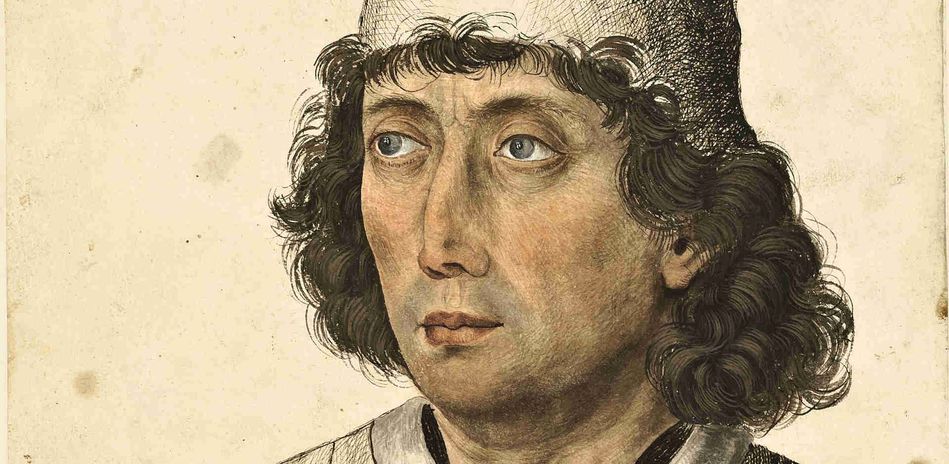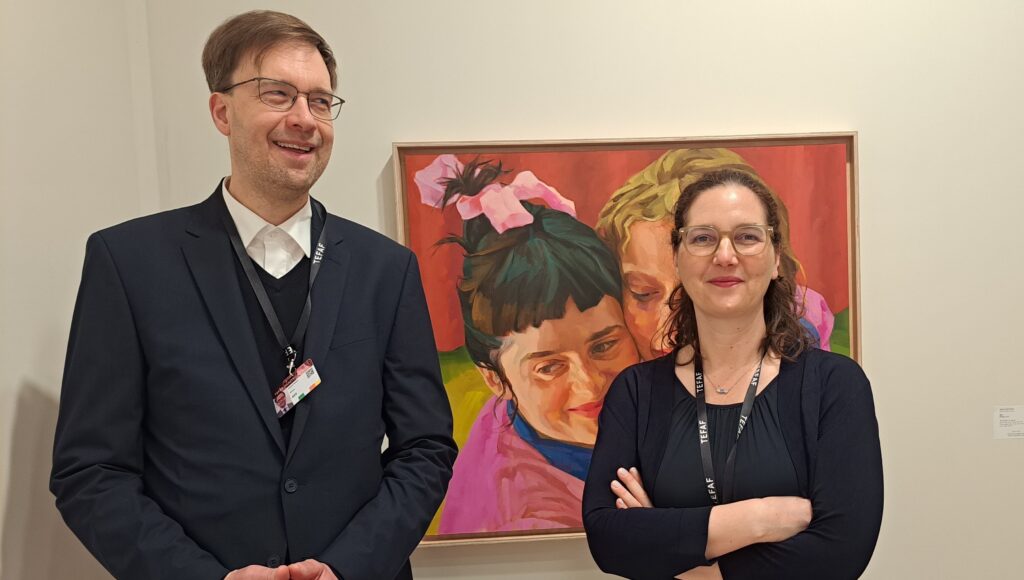From May 21, 2021, the Picture Gallery in Berlin opens its doors for the exhibition: “The Late Gothic Era: The Birth of Modernity“
From today on the Picture Gallery (Gemäldegalerie) in Berlin shows an impressive new exhibition on late Gothic art in featuring some 130 objects, including key works from the German-speaking world in the 15th-century. Well-known artists such as Stefan Lochner, Konrad Witz and Tilman Riemenschneider are represented by important paintings and sculptures.
Even if this might not be the first impression, there are indeed some parallels between the late gothic art from 1500 and contemporary art. Especially the main changes of the ways of looking at paintings and the many innovations of new media, which happened that time, tremendously changed during these so different periods in art history. For our time, the invention of digital art has deep influences on our way of observing the world – have a look at my comment on NFL art from March 2021.
In the 15th century there is of course one great innovation – maybe the most important innovation of the middle ages at all – which had a deep influence on art in general and on the viewing habits of the population: the invention of movable types by Johannes Gutenberg at around 1450. The previous method of book making in hand writing was quickly replaced by his method of book making in printing. Texts and images were now reproduced in large editions, new ideas could be rapidly distributed around Europe. With the founding of big printing presses, the era of mass communication has started.
Printmaking became the most important artform – until today nearly all living artists edit prints. With the reduced price more people could afford to buy art works, this helped a lot to establish art for individuals. Paintings and sculptures became autonomous works. Before Gutenberg’s innovation, art was mostly produced for an elite – the church or the aristocracy. From the 15th century on, artistic prints were hang in the houses of the new middle class. With the rise of the bourgeoisie, art works became more individual. With the help of light and shadow as well as with the invention of new perspectives, faces and bodies of the represented people became more realistic. The 15th century therefore also marks the birth of individualism in art.
The now opening exhibition at the Berlin picture gallery represents a comprehensive selection of works from this German epoch, which happened simultaneously with the Italian Renaissance. Until today, the Italian Renaissance art is much more appreciated in the art world than the German late Gothic. Prices for Italian masters are very high – let’s remember the record price for the “Young Man Holding a Roundel” by Sandro Botticelli, sold in January 2021 for more than $ 92 million.
Even if the late German gothic is not valued the same way at the art market, there is one niche field of art collection which might be a good alternative for investments in the middle price range: the prints of the 15th and 16th century.
For several years there were nearly no prints dating from the late Gothic coming to auction. But since last year, there seems to be a change in evaluating late Gothic prints. E.g. Sotheby’s London has offered seven engravings by Albrecht Dürer in March 2020, four of them sold for prices up to $ 51.000,-. Next month the Cologne based auction house Van Ham will offer the sculpture “Man of Sorrows” by the workshop of Tilman Riemenschneider for an estimate of $ 30.000 to 40.000,-.
If someone is not familiar with this exciting and innovative period in art, it might be a good start to visit the exhibition at the picture gallery to get some own impressions of the visual vocabulary of the late Gothic art. Maybe a visit will be followed by the purchase of an Albrecht Dürer engraving one day…



